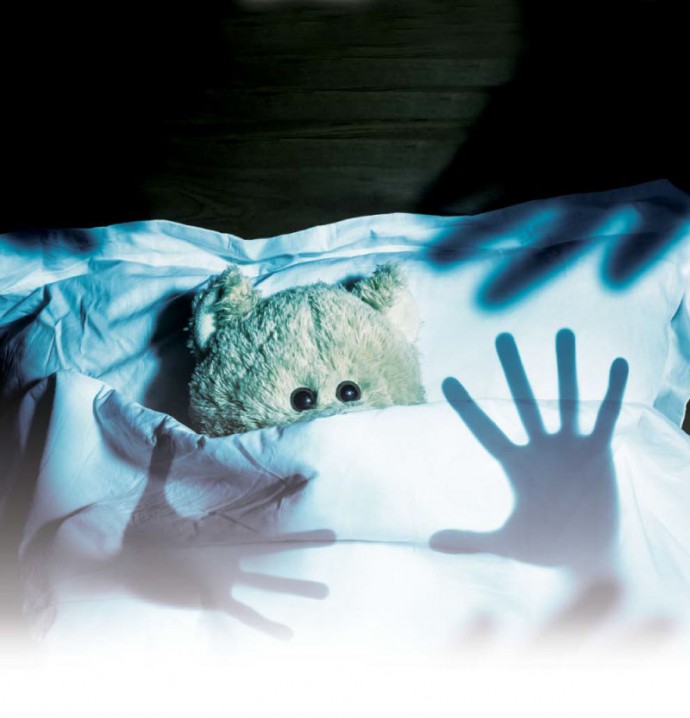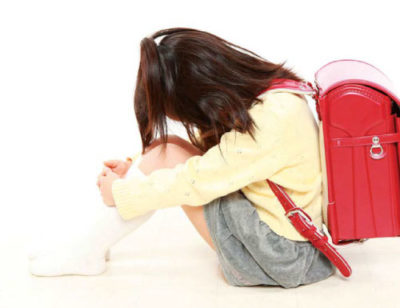Don’t Take Lightly to Child Sexual Abuse.
All children have the right to be protected from violence, exploitation and abuse.
A child who has been sexually abused may develop low self-esteem, a feeling of worthlessness and an abnormal or distorted view of sex. The child may become withdrawn and mistrustful of adults, and have suicidal tendencies.
Sexual abuse is one form of child abuse. It includes a wide range of actions between a child and an adult or older child. There are two types of child sexual abuse:
Contact abuse:
- sexually touching any part of the child’s body – fully clothed or not
- rape or penetration by putting an object or body part inside a child’s mouth, vagina or anus
- forcing or coercing a child to take part in any form of sexual activity
- pressuring a child to take their clothes off, touch someone else’s genitals or masturbate
Non-contact abuse:
- encouraging a child to watch or hear sexual acts
- being an accomplice by not reporting or standing by as the abuse is taking place, even though not actively involved
- meeting a child following sexual grooming with the intent of abusing them
- online abuse including making, viewing or distributing child abuse images
- allowing someone else to make, view or distribute child abuse images
- showing pornography to a child
- sexually exploiting a child for money, power or status (child exploitation).
What do child sexual abusers look like?
While strangers are not in any way discounted as possible threats, child sexual abusers are more likely to be people we know. It could be a family member, close relative, babysitters, teachers, etc. Both men and women can be abusers but perpetrators are predominantly adult males.
Generally, sexual abusers act because they fit into one of these four broad categories:
- They are children or teenagers who are sexually curious or experimenting.
- They have a medical or mental problem that needs treatment (e.g. intellectual disability, psychotic behaviour).
- They are opportunists, who lack feelings for others and who have an antisocial personality disorder.
- They have an ongoing sex drive directed toward children (also known as paedophiles).
What are the warning signs of sexual abuse?
Child sexual abuse is not always easy to spot. Furthermore, the abuser could be someone you or your child has known a long time or trust, which may make it even harder to notice. Consider the following warning signs:
Physical signs:
- Difficulty walking or sitting
- Bloody, torn, or stained underclothes
- Pain, injury or irritation in genital area
- Frequent urinary or yeast infections
Behavioural signs:
- Distancing themselves from others
- Shows signs of depression, anxiety or fear
- Expresses suicidal thoughts
- Self-harms
- Sudden changes in performance at school
- Exhibits regressive behaviours (e.g. thumb sucking)
- Runs away from home or school
- Assumes a caretaker role (if they have siblings)
- Irregular frequency of nightmares or bed-wetting incidences
- Inappropriate sexual knowledge or behaviours
Adult survivors of child sexual abuse often suffer long-term effects:
- Victims may suffer from sexual dysfunction during intercourse as adults or have misconceptions about sex and sexual relations.
- If force or the threat of force is used when they were sexually abused, they may also have trouble adjusting to adulthood, have an unhealthy distrust of other people and may fail to function well socially in general.
- Shame, blame and guilt become incorporated into the child’s self-image because the abuser blames the child for what he did or conveys a sense of shame about the act.
- The victim may also have low self-esteem because of the negative perception people have towards abuse victims that they are “spoiled”.
- Adults who have been abused before as children are more likely to become abusive themselves prompting a never-ending vicious cycle of abuse
- Other long-term psychological effects of sexual abuse may include:
- Anxiety
- Panic attacks
- Stress disorders – Post-Traumatic Stress Disorder (PTSD)
- Personality disorders
- Substance abuse
- Self-abuse behaviours
Finally, it is important that parents protect their children from becoming a victim by empowering their children and themselves with skills, knowledge and certain know-hows. On this, my colleague, Dr Mary Joseph Marrett, will elaborate further in the second part of this feature.







Comments